In the vast tapestry of the natural world, certain creatures possess an electrifying secret that sets them apart from the rest. These remarkable beings have the ability to generate their own electricity, a skill that seems almost magical in its nature. Imagine the thrill of encountering an animal that can produce electric fields, a skill they use for hunting, defense, and communication. Such wonders of nature have fascinated scientists and nature enthusiasts alike, prompting us to delve deeper into the mysterious world of electric animals.
The Mystique of Electric Eels

When discussing electric animals, the electric eel often comes to mind first. Despite its name, the electric eel is not a true eel but a type of knifefish. These creatures inhabit the murky waters of the Amazon and Orinoco river basins in South America. They can generate powerful electric shocks up to 600 volts, which they use to incapacitate prey and deter potential predators. The electric eel’s body acts like a battery, with specialized cells called electrocytes that generate electricity. This fascinating mechanism has inspired scientists to explore new ways of harnessing bioelectricity for human use.
Electric Rays: The Underwater Powerhouses
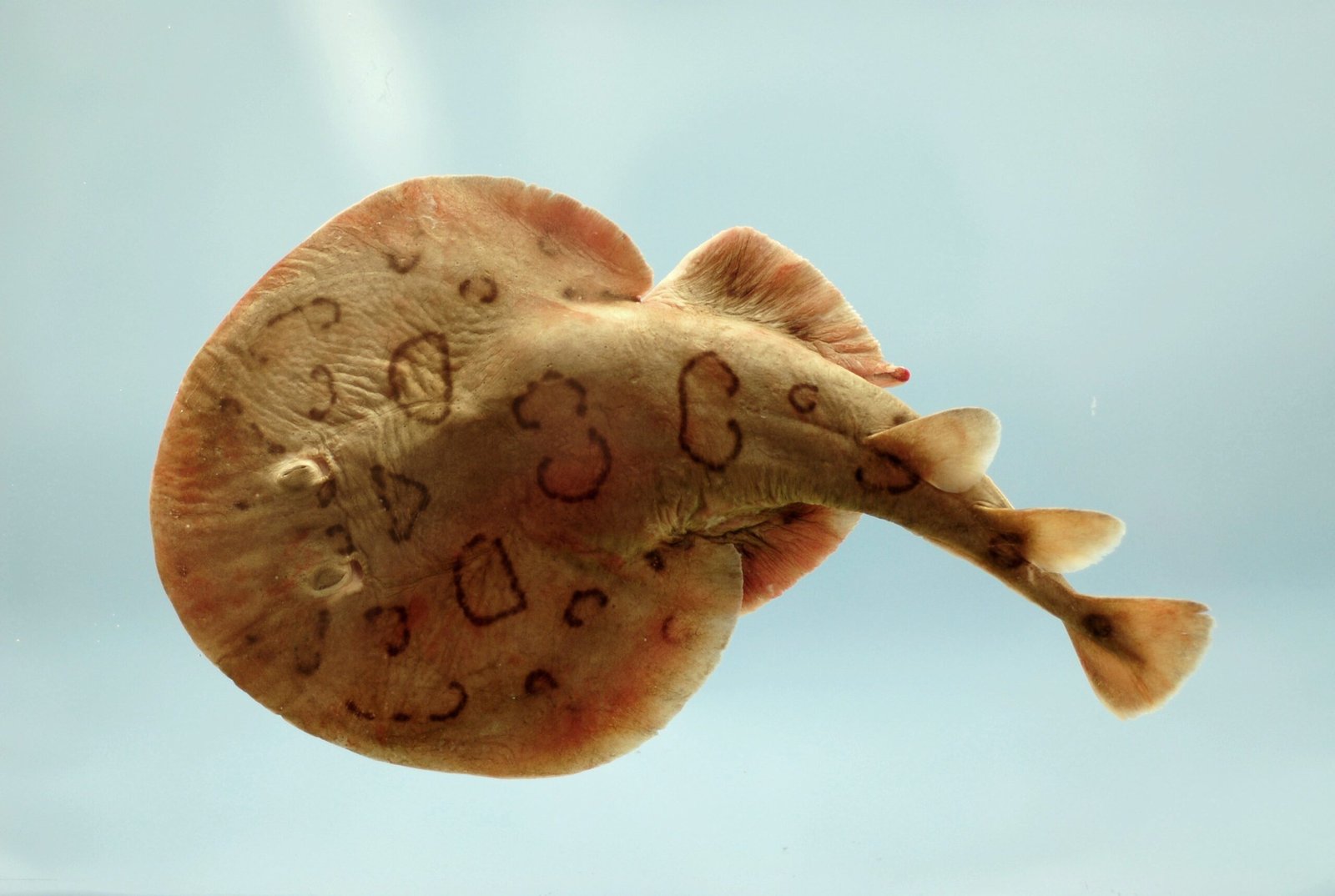
Electric rays, often found gliding gracefully on the ocean floor, are another group of animals that can produce electricity. These rays have specialized organs called electric organs, which are located on either side of their heads. By discharging electricity, they can stun their prey or ward off threats. The electric ray’s ability to produce electricity has been known since ancient times, with historical records indicating their use in treating ailments like headaches and arthritis. Their unique adaptations make them a subject of ongoing scientific study.
Stunning Shockers: The Electric Catfish
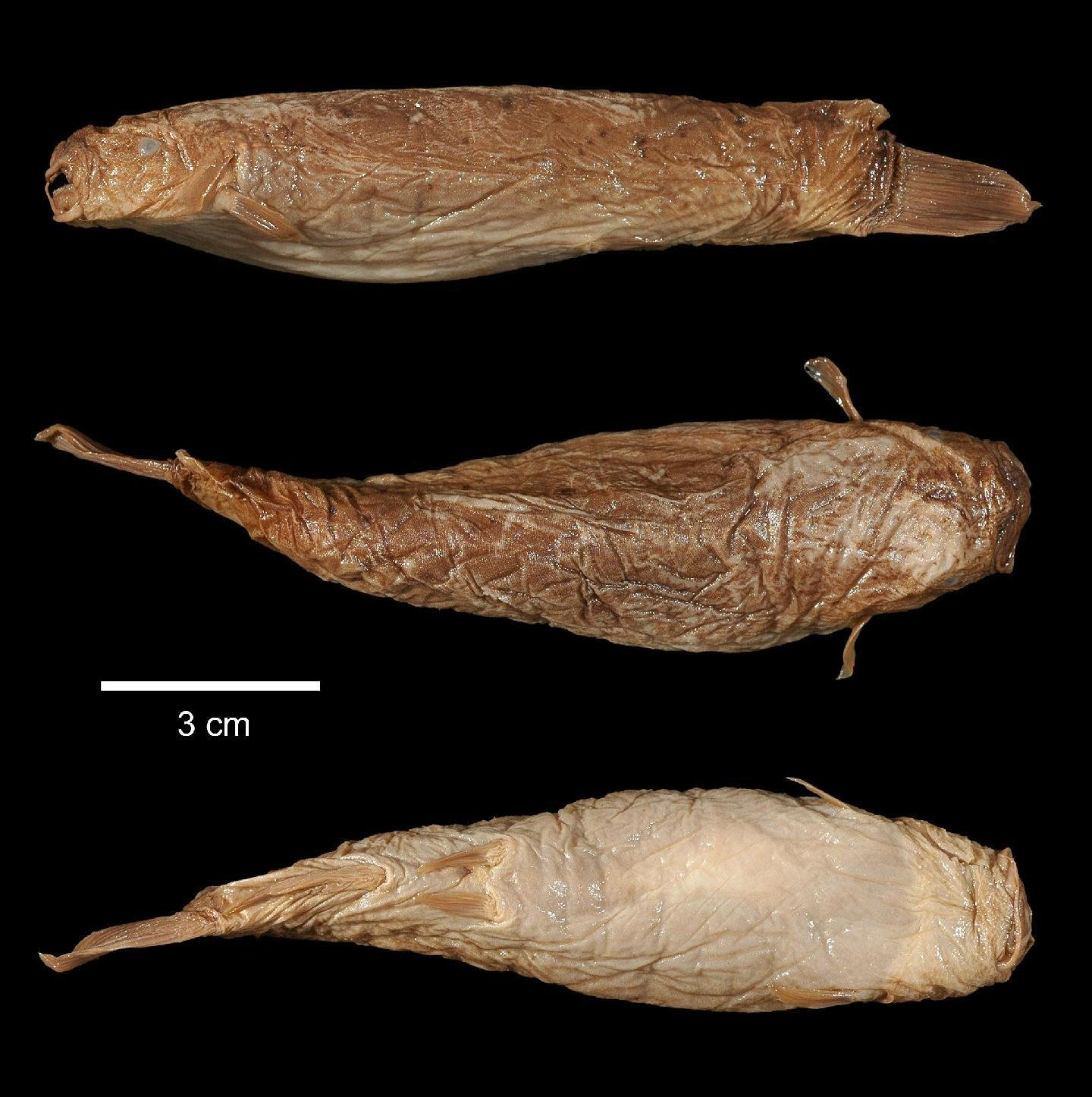
The electric catfish, native to Africa, is renowned for its ability to generate electric shocks. Unlike the electric eel, the electric catfish uses its electrical power primarily for defense rather than hunting. When threatened, it can produce a shock of up to 350 volts, enough to deter potential predators. This fascinating fish has a unique body structure, with a large, cylindrical shape that houses its electric organs. The electric catfish’s electrical abilities have intrigued researchers, leading to studies on its potential applications in technology and medicine.
Bioelectricity in the Electric Torpedo
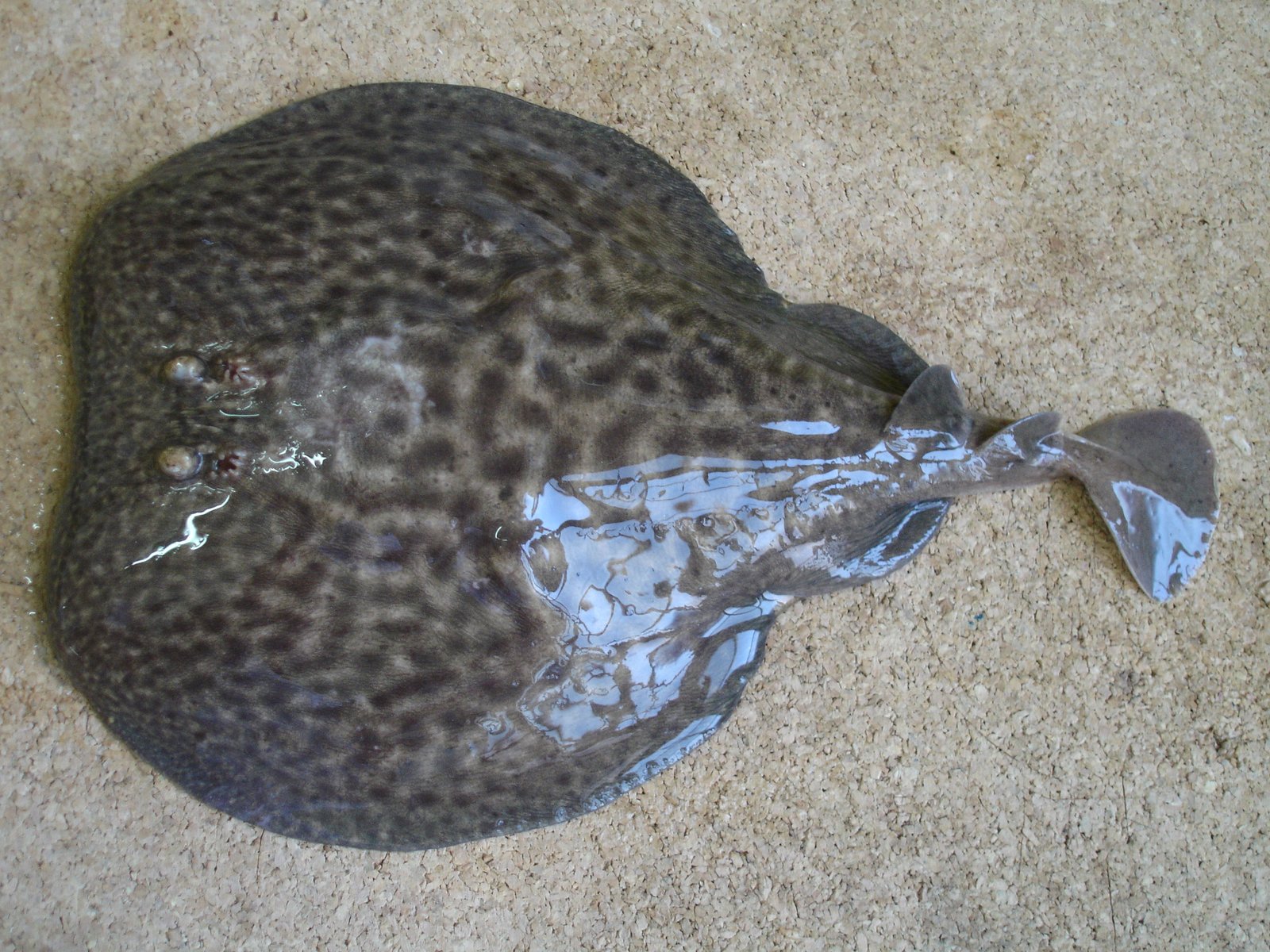
The electric torpedo, a type of ray found in the Atlantic and Pacific Oceans, showcases another example of bioelectricity in the animal kingdom. These rays possess large kidney-shaped electric organs that can deliver shocks to stun prey or defend against predators. The torpedo’s electric shock is not as potent as that of the electric eel, but it is still effective in its underwater habitat. Researchers have long been fascinated by the electric torpedo’s abilities, examining how these animals could inspire advancements in electric field technology.
The Shocking Facts About Stargazers
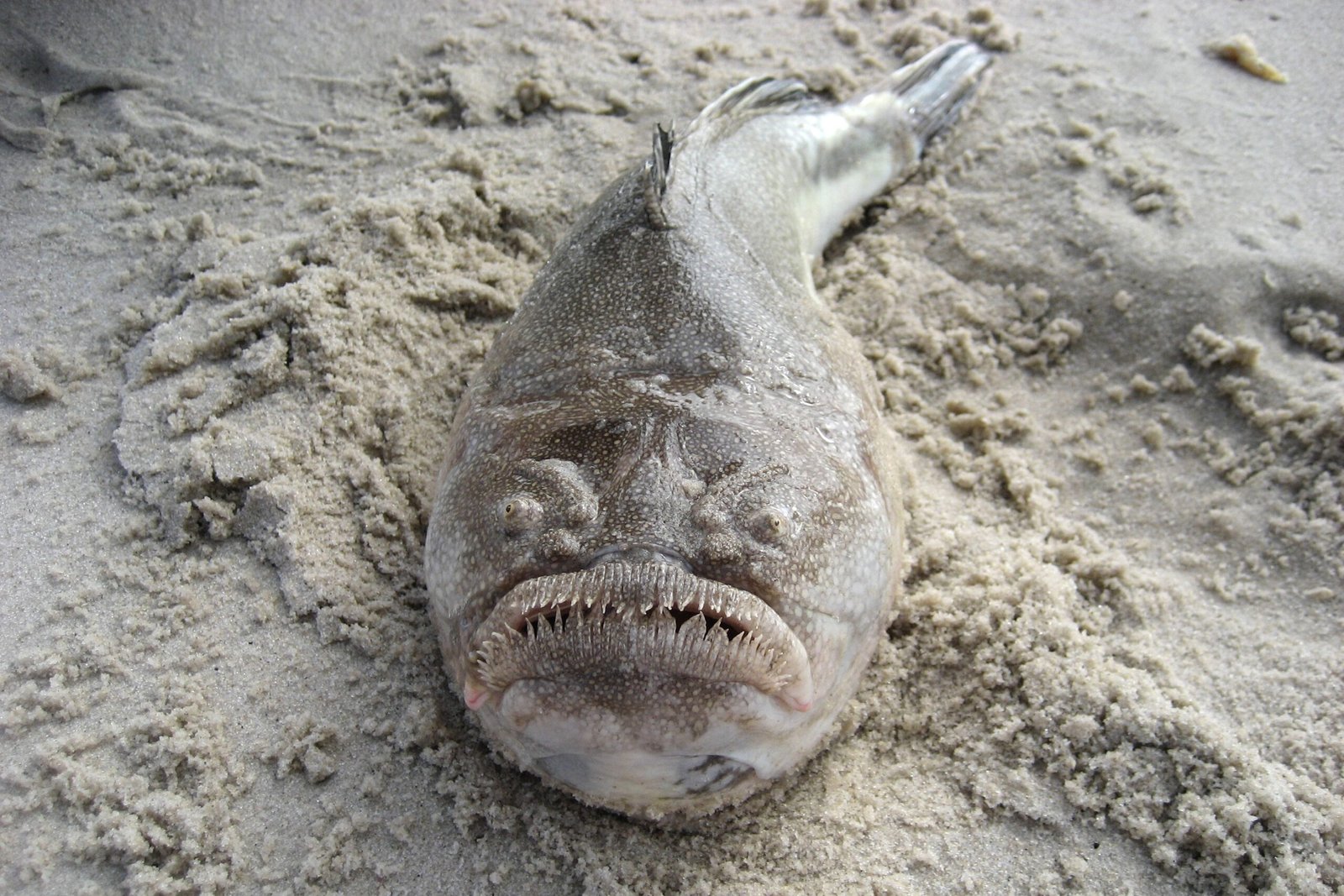
Stargazers, a family of fish known for their upward-facing eyes and mouths, possess a surprising electric ability. Found in the sandy bottoms of shallow waters, these fish can generate electric shocks to ward off predators. Stargazers have electric organs located behind their eyes, allowing them to deliver a jolt to anything that poses a threat. Their unique adaptation has been a subject of interest for scientists studying the evolution of electric abilities in fish.
Electricity in the Animal Kingdom: A Diverse Array
While electric eels, rays, catfish, and torpedoes are the most well-known electric animals, there are many other creatures capable of generating electricity. Some species of sharks and skates possess electroreceptors that help them navigate and locate prey by detecting electric fields. Even certain species of birds, like the European robin, are believed to use Earth’s magnetic fields, influenced by electricity, for navigation during migration. This diversity highlights the widespread use of bioelectricity across the animal kingdom.
The Science Behind Bioelectricity
The production of electricity in animals is a result of complex biological processes. At the core of this phenomenon are specialized cells called electrocytes, which generate electric charges through ion exchange. These cells are arranged in series, much like the cells in a battery, allowing the creature to produce a significant electric discharge. The study of bioelectricity has implications beyond understanding animal behavior; it offers insights into potential applications in technology and medicine, such as developing bio-inspired energy sources and medical devices.
Why Do Animals Generate Electricity?
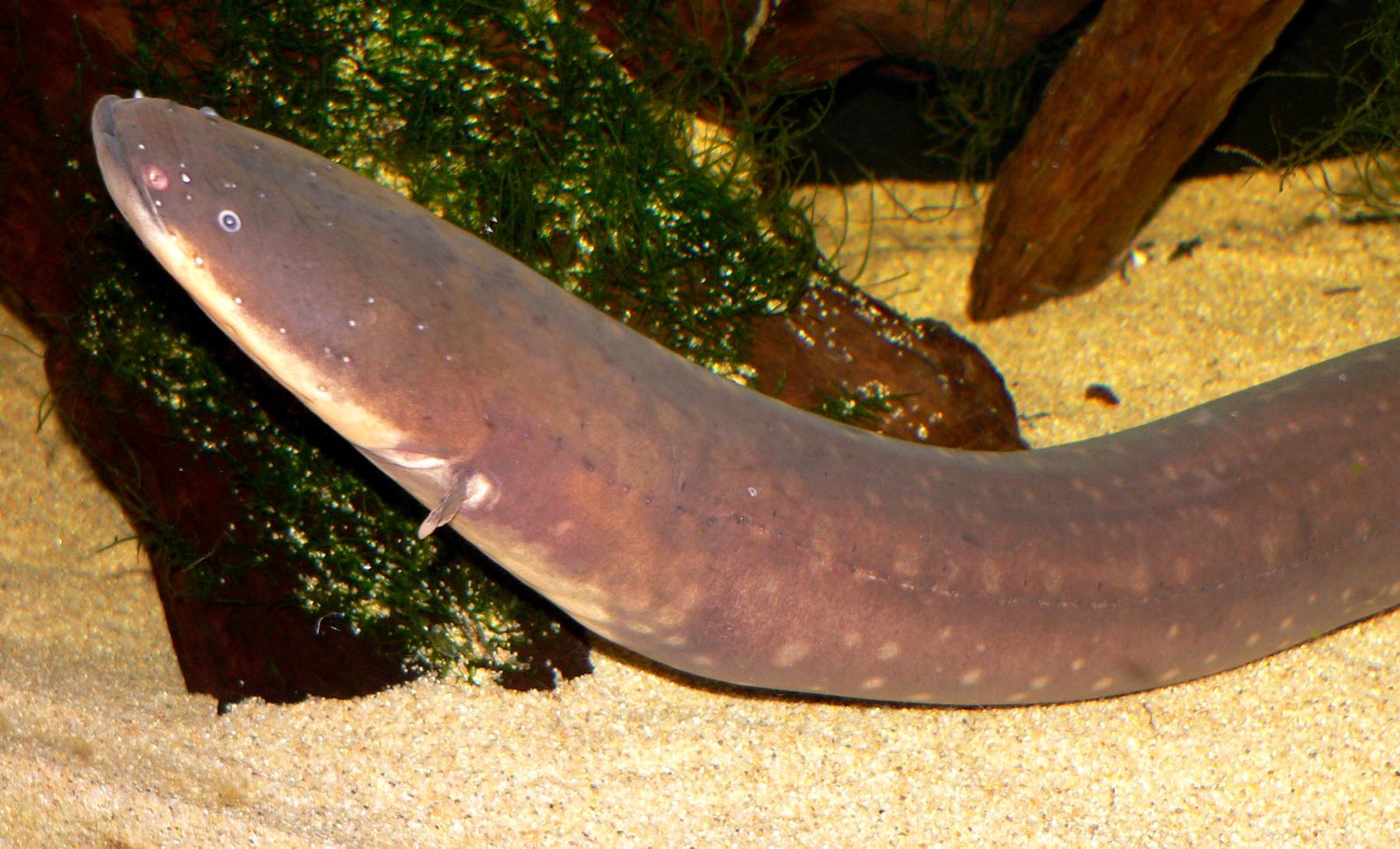
The ability to generate electricity serves various purposes in the animal kingdom. For some creatures, like the electric eel, it is a tool for hunting and incapacitating prey. For others, such as the electric catfish, it acts as a defense mechanism against predators. Additionally, electric signals can facilitate communication between individuals of the same species, playing a role in mating and territorial behaviors. Understanding these functions provides a glimpse into the evolutionary advantages that bioelectricity offers to these remarkable animals.
Implications for Human Technology and Medicine
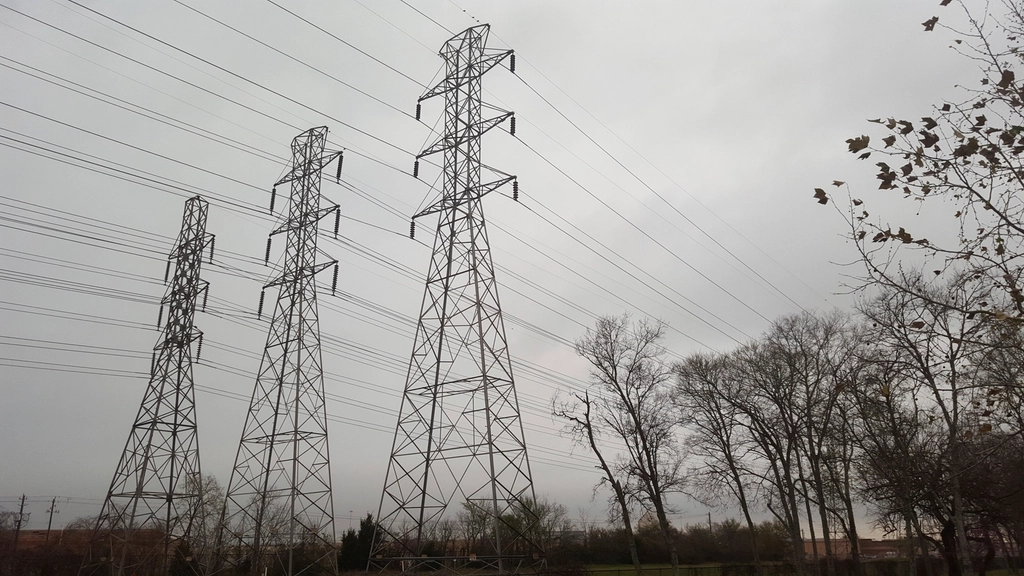
The study of electric animals has inspired advancements in several fields, including technology and medicine. Researchers are exploring ways to mimic the bioelectric mechanisms found in these creatures to develop new energy sources and medical devices. For instance, bio-inspired batteries that emulate the electric eel’s electrocytes could lead to sustainable energy solutions. In medicine, understanding electric fields in animals may pave the way for innovative treatments for neurological disorders and other health conditions.
Conclusion: The Wonders of Electric Animals
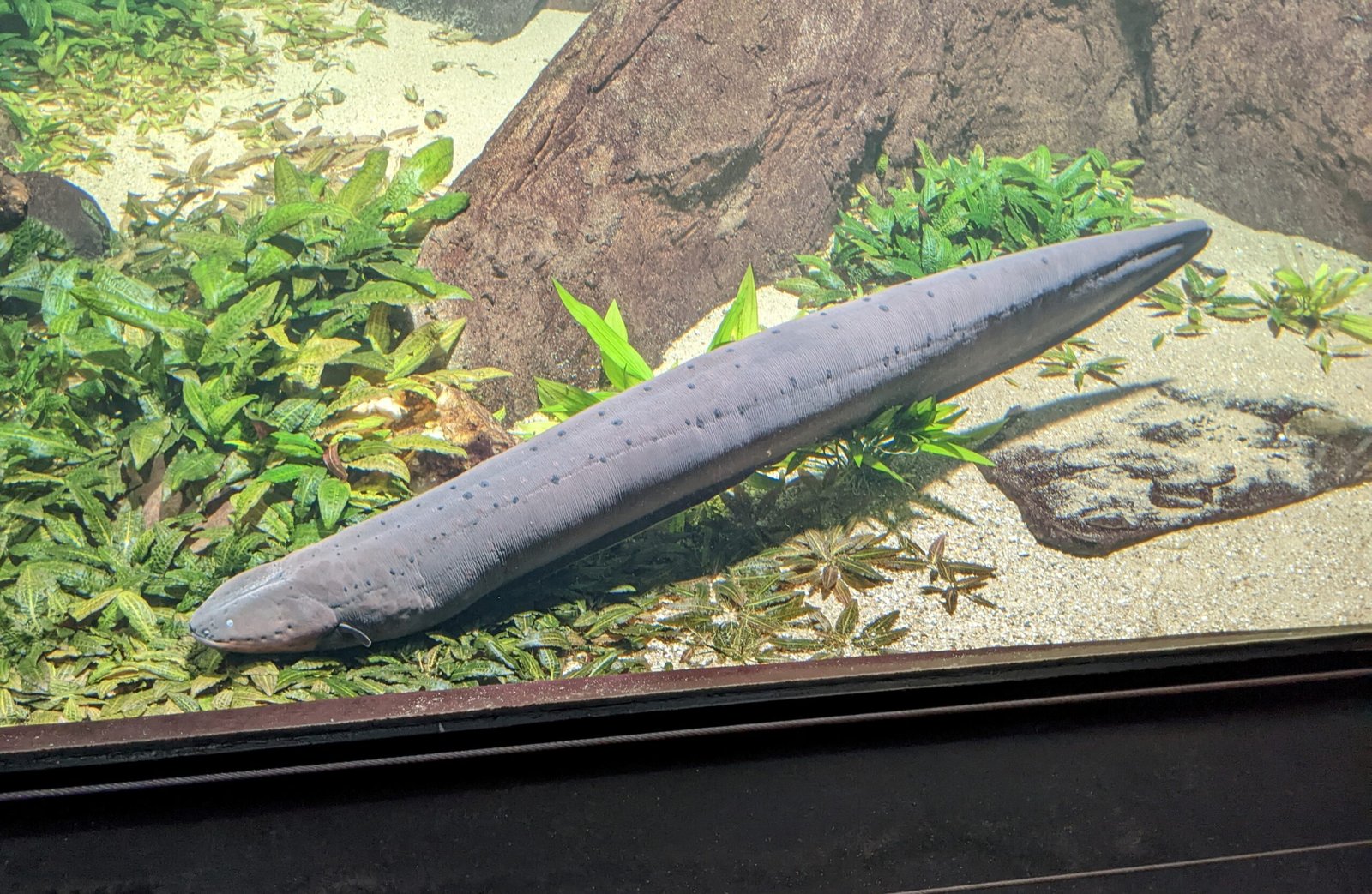
The world of electric animals is a testament to the incredible diversity and adaptability of life on Earth. These creatures have harnessed the power of electricity in ways that continue to intrigue and inspire us. As we delve deeper into the mysteries of bioelectricity, we uncover insights that have the potential to transform our understanding of both the natural world and technological innovation. The study of electric animals not only enriches our knowledge of biology but also lights the way for future scientific breakthroughs.




